Shaft & Grip Reviews
KBS C-Taper Shaft Review
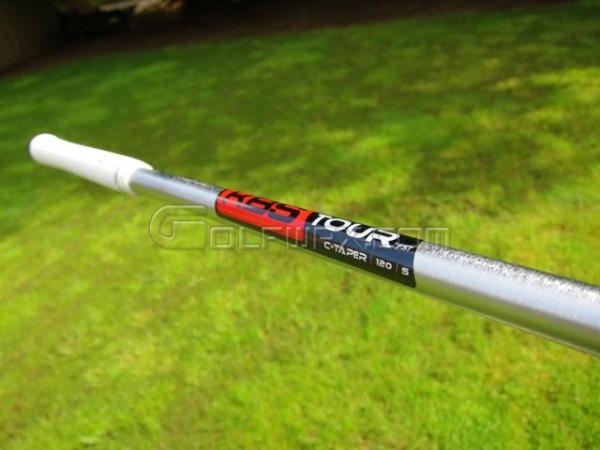
Review:
First let me say a couple things..first it took me a bit longer to get a Fair bit of play on FIRM ground…as its been far to soggy in the PNW lately…but I traveled over to the eastern part of the state where the ground is firm to duplicate more realistic playing conditions than the mush around Portland/Seattle!
Click here to read the discussion in the forums
Let me preface what I have been playing prior to the C-TAPERS, I play to single digit handicap, iron play for the most part has been one of the stronger parts of my game. When playing well I like to take a small divot…I have been playing PX 6.5’s for a while now and PX 6.0 prior to that for the past several years…with a couple runs of DG x100’s just to keep things interesting. I have also spent a great deal of time and money trying pretty much every brand and style of iron shafts that come around…but alway have come back to my steady eddies PX’s due to the reduced spin, flight and consistence distances. In fact my good buddies Swanry30, desallie and I did a Trackman shoot out between PX and DG recently and pretty much confirmed what I had seen in the real world for quite some time…DG just spin too much for me and where the PX don’t and hence I’m about 1 club longer with them (individual results will vary) but those are mine.
Second, the C-TAPERS are like No other shaft I’ve ever tested…and in all honesty it took me a while to get accustomed to the differences-in fact the first 5-6 times I initially hit the c-tapers I was quite perplexed as to what I was experiencing due the sound and feel even thou the results were always there and I wasn’t confidant in what I was going to write about and tell of my experience until first I got out of the SOGGY pit of the NW and hit some firm ground.
Click here to read the discussion in the forums
I don’t have any Trackman numbers yet (hopefully soon) so most of what I’m relating is by good ole ballflight and distance.. I hit my Satin PX 6.5 side by side the C-Tapers as the comparison.
Feel: The C-Tapers are very quiet in the feel department…meaning they are soo smooth that I really wasn’t sure I was loading the shaft this was quite a contast to the PX which has quite a ‘pop’ to them and the DG’s which you really feel the action of the shaft all the way thru the shaft. While the C-tapers are, what I would call as ‘Refined’ as it gets…the load seems to be transfers through out the shaft almost without notice…which initially I found this alarming but soon understood what was happening as the results were there.
Sound: Again I’ll use the word ‘Quiet’, as in contrast to my PX the sound of impact is very muted, soft, yet firm but certainly many decibels lower. Again I found this puzzling combine with the feel- once I became accustomed to it very pleasing.
Ballflight: This is where rubber meets the road, I would agree with KBS statement about 5% lower than the competition. I found specifically the mid and long irons (6i-3i) to flight lower than the PX’s. And the short irons a bit closer to the PX flight.
Workability: The C-Tapers are definitely more workable(or rather feel more) than PX, but DG still is the king on the feel dept. when it comes to working the ball but not necessary the results. I found the actual workable part of the C-tapers could come close to hanging with DG’s even thou they didn’t necessary feel like they were..make sense? But I would say they are a great bridge between PX and DG in this category.
I had a shot on a par 4(hit my 3w off the tee left on a dogleg right into the trees)…was sitting about 165yards out uphill to the green surrounded by Pine trees…but had a small window to needle thru 3 trees in front of me but had to keep the shot low …So I have to hit a low hook just to get to the fairway(which was all I was trying to do)..So I set with a 5i and the shot came out perfect and actually went about 2 ft past the green…(for those of you keeping score).I missed the putt for par!
Click here to read the discussion in the forums
Distance: The I would also say KBS statement is likely true again with the 5% gain in distance, this was more evident in the mid and long irons to me..I will also throw this into the distance segment…I choose the S+ set of C-tapers, imo they feel very close to flex of my PX 6.5’s Satins, however I think the X flex’s would be a better comparison in straight terms of the px.6.5 for distance, as the added spin which allows the the shafts to Be Workable also spins just a bit more and coupled with a 1/2 flex under what I should be playing makes them play just a tad shorter than what I have be accustomed to…I look forward to picking up a set of X flex’s in the very near future as KBS C-tapers have all the things I have been looking for in irons shafts.
Final thoughts: I really believe KBS has a winner with the C-Tapers, this is by far the best KBS shaft I have tried- they look awesome, the abilities to feel and work the ball is great, the ball flight is consistent and distance is good but I have since determined that the S+ are slightly too soft for my iron game, but loo forward to giving them a go again when I get the correct flex. And after all of that I really think KBS has great product here, perhaps even the best of them all-
Click here to read the discussion in the forums
——————————-
More Information-
Inspired from tour player feedback, the KBS C-TAPER shaft is specially designed to produce a lower flight and spin rate while delivering the signature benefits of a piercing trajectory and smooth feel. By stiffening the shaft profile in the lower taper rate and early tip section, the C-TAPER is engineered to maximize shot performance for players that currently have too high a trajectory.
Incorporating signature AST technology, the C-TAPER shaft produces a smooth feel through contact while maximizing energy transfer for distance gains and better control of the ball.
See all the video reviews of all the KBS offerings here
- LIKE61
- LEGIT7
- WOW6
- LOL5
- IDHT4
- FLOP3
- OB2
- SHANK6
Equipment
Here’s why Jordan Spieth switched into a new Fujikura Ventus TR Blue shaft at Pebble Beach
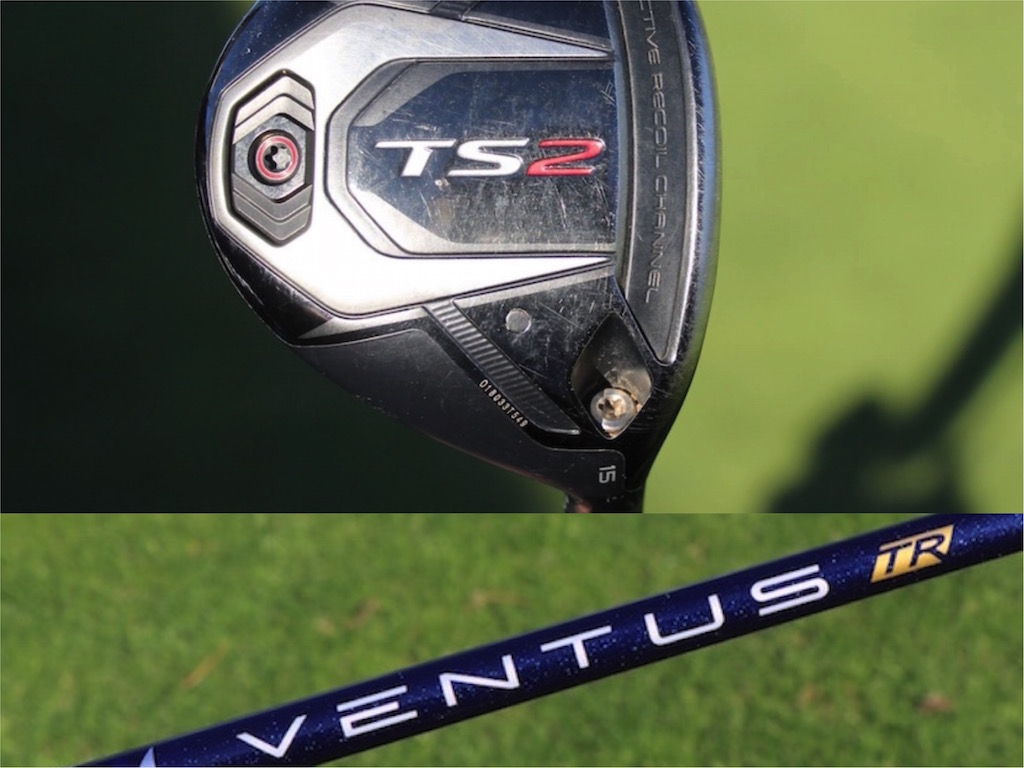
When Fujikura’s new Ventus TR Blue shaft launched in January 2022, we learned all about the updated construction and potential performance benefits compared to the original Ventus Blue. It was unclear at the time, however, exactly who would make the switch into the new TR design on the PGA Tour.
Well, we’re starting to get some answers.
Jordan Spieth, who’s been relatively slow to change into new products throughout his career, is among a handful of names making the change. Spieth conducted recent testing with a Ventus Blue TR 7 X shaft in his Titleist TS2 15-degree fairway wood, and he put it in play this week at the 2022 AT&T Pebble Beach Pro-Am.
Titleist Tour representative J.J. Van Wezenbeeck, who works closely with Spieth on his equipment, said that Spieth came to the Titleist Performance Institute (TPI) on Friday before the 2022 Pebble Beach Pro-Am for a check-up on his equipment. Since Spieth was previously playing Ventus Blue shafts in his Titleist metalwoods, he was intrigued by the new TR version.
As it turned out, Spieth found the new shaft to help with his transition and directional control.

“Coming from Ventus Blue, anytime they update a shaft you’re just intrigued on that, and he liked how [the Ventus TR Blue] loaded compared to the original Ventus Blue for him,” Van Wezenbeeck told GolfWRX on Tuesday. “He felt like when he mishit it, there was a little more control. So that was a good option for him…we did a little bit of internal work on the head to make sure there’s enough spin, because want to make sure his 3 wood doesn’t have too low of spin. He liked how the TR reacted on mishits where the spin didn’t drop, and it had more consistent spin from swing to swing.”
Due to a new Spread Tow fabric in the butt-end section, which is essentially a checkerboard pattern of woven material, the torque on the TR version is 10 percent stiffer in the mid-to-grip end of the shaft. As a result, Fujikura says the TR shaft is designed to improve stability and consistency compared to the original Ventus Blue.
Based on Spieth’s results with the TR shaft during testing, it seems Fujikura’s case holds water.
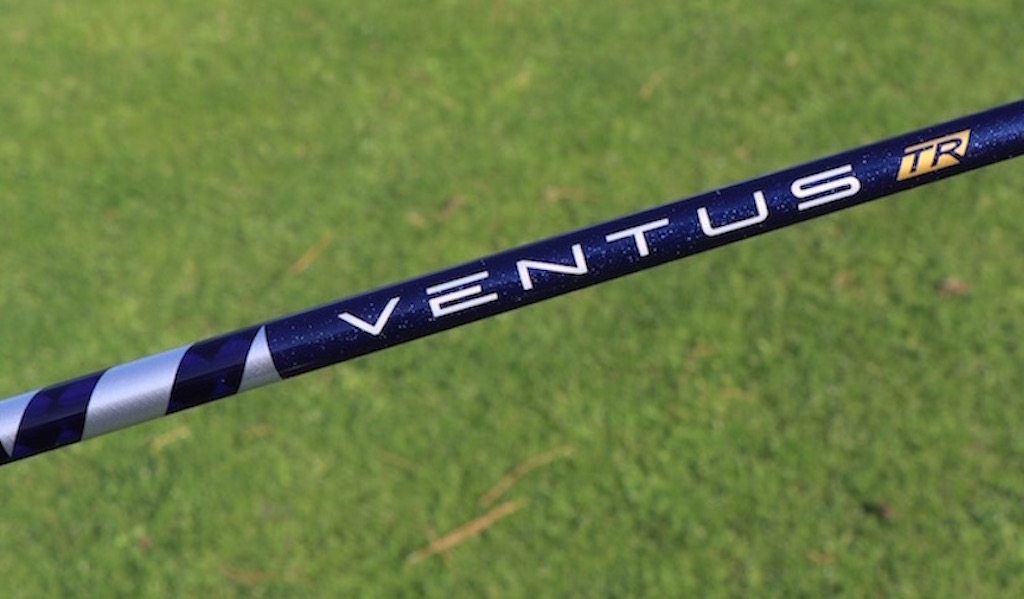
Spieth is using a Ventus Blue TR 7 X version in his fairway wood.
Pat McCoy, Director of Tour Operations at Fujikura, spoke with GolfWRX about the new shaft, and what players are seeing in their testing out on Tour.
“Compared to the original Ventus Blue, the TR has a stiffer mid-section and lower torque,” McCoy said. “Basically what the shaft does is it eliminates some of the dynamic loft. It eliminates some of the rotation. Obviously, the Ventus Blue was a very stable shaft and one of the best launching shafts we’ve ever had. And we just made it better.
“As far as ball speed and launch and spin, I’m not going to say it’s faster, but we have seen players who have achieved faster speeds with it. It provides more consistency and the ability to turn swing speed into ball speed better. And that’s it. It’s a little stiffer than the original Blue, and it’s a little bit weaker than the [Ventus Black]. It’s a ‘tweener. It gives you something in the middle, and depending upon loft and impact location, you get a better fit.”
The fairway wood shaft wasn’t the only potential change that Spieth will make in 2022, though.
In addition to putting the new Titleist Vokey SM9 wedges in the bag, Spieth is also considering adding another option to the top end of his bag.
Typically, Spieth changes between a hybrid and long irons, depending on course conditions. During the recent session at TPI, though, Spieth took a liking to Titleist’s U-505 wide-bodied driving iron. Ahead of the 2022 AT&T Pebble Beach Pro-Am, Spieth took a U-505 2-iron (Graphite Design AD-DI 105X shaft) out onto the course for testing.
“He’s experimenting with a U-505 this week (ahead of the event at Pebble Beach),” Van Wezenbeeck told GolfWRX. “He’s always gone between a hybrid and either a 2 iron, or a hybrid and 3 iron, and we brought out a 505 as kind of a third option on a week where he isn’t sure whether he should play an iron or a hybrid. The 505 being a wide body iron is kind of a blend between the two. And he was really intrigued with how high it launched on a standard shot, and he could flight it more off the tee, where as with a hybrid he can’t do.
“So on weeks he feels like there’s a lot of irons off the tee, he likes to play the iron. On weeks where there are a lot of shots into par 5s, he likes the hybrid. On weeks where there’s a little of both…he felt the 505 might be an option, so he was taking it on the golf course [on Tuesday] to see how it would react.”
While it’s unclear exactly when Spieth will break out the new U-505, it seems like it’ll certainly be in the rotation going forward. The Ventus TR Blue shaft, on the other hand, has already earned a starting spot in the bag this week.
These changes may seem minor to some, but it shows Spieth’s willingness to find small equipment tweaks to improve his game. For amateur golfers, use this as a lesson when gearing up for the new season. Go through your bag, test some of the new shaft and head options, and see where you can make improvements. Now is the perfect time to take inventory and get prepared.
- LIKE65
- LEGIT11
- WOW3
- LOL1
- IDHT0
- FLOP2
- OB0
- SHANK6
Shaft & Grip Reviews
MRC Shaft Shootout: Tensei CK Pro White, Kuro Kage XT and Diamana BF-Series
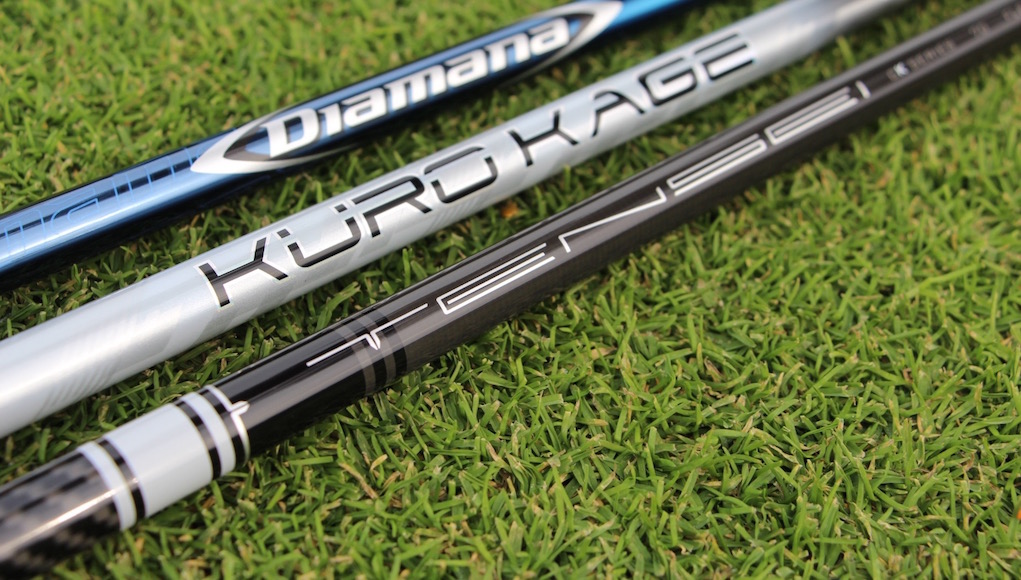
The Tensei CK Pro White is the latest release from Mitsubishi Rayon Composites (MRC), a low-launch, low-spin shaft with a multi-material design that the company says improves the performance and feel of the shaft. Whereas most golf shafts use between 3-6 different materials in their construction, the Tensei CK Pro White is made from 11 different materials, giving MRC engineers greater precision in the shaft’s design.
Like MRC’s Tensei CK Pro Blue shafts, which produce a slightly higher-launching, higher-spinning ball flight, the CK Pro White uses MRC’s Carbon Fiber DuPont Kevlar Weave in the handle section of the shaft. The company says it increases the strength and stability of that part of the shaft, leading to better feedback.
On the other end of the shaft, the tip section, MRC uses a boron-reinforced fiber. All low-launch, low-spin shafts have stiff-tip designs, but the addition of boron puts the Tensei CK Pro White in a class of its own when it comes to lowering launch angle and spin rate. The boron fiber also reduces torque, which can offer better energy transfer, more accuracy and better feedback — especially for skilled, high-swing-speed golfers.
Connecting and reinforcing those areas of the shafts is MRC’s low-resin content (LRC) prepreg. Prepreg is carbon fiber that’s been reinforced or “pre-impregnated” with resin, a glue that holds the material together when it’s formed into sheets and rolled into the form of a shaft. MRC says that its LRC has 15 percent more carbon fiber and 13 percent less resin than traditional prepregs, which allows MRC to make the Tensei CK Pro White stronger without adding extra weight to the shaft. MRC also uses high-modulus, 40-ton prepreg in the Tensei CK Pro White’s design, which like LRC is thinner, stronger and lighter than traditional prepregs.
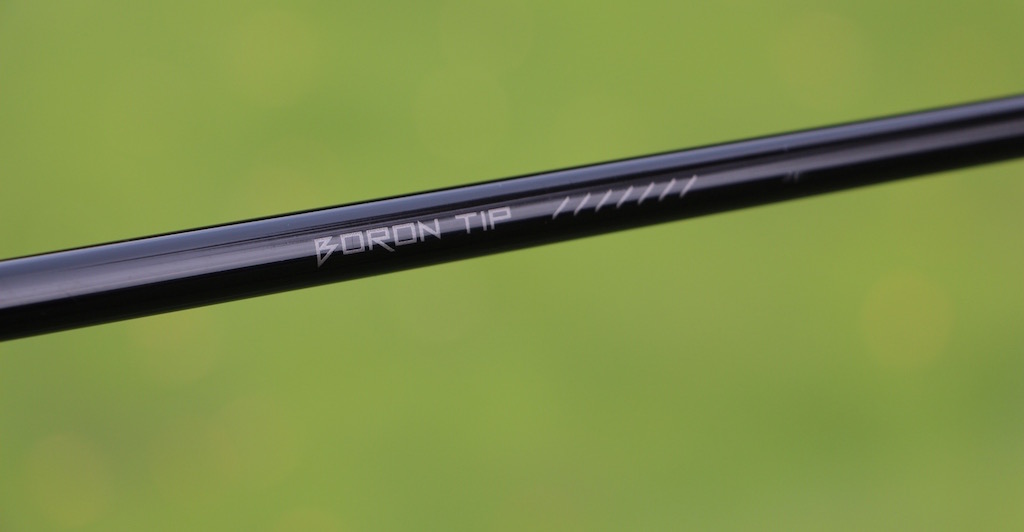
The addition of boron helps MRC make the tip of Tensei CK Pro White shaft stiffer and lower in torque.
In the EI chart below, you can see how the Tensei CK Pro White’s bend profile compares to the CK Pro Blue. The main differences are its slightly stiffer tip and mid sections, as well as its slightly softer butt section. That gives the CK Pro White a higher “kick point” than the CK Pro Blue. Generally, the higher the kick point of a shaft, the lower its launch conditions. That’s why the Tensei CK Pro White is a lower-launching, lower-spinning shaft than the Tensei CK Pro Blue.
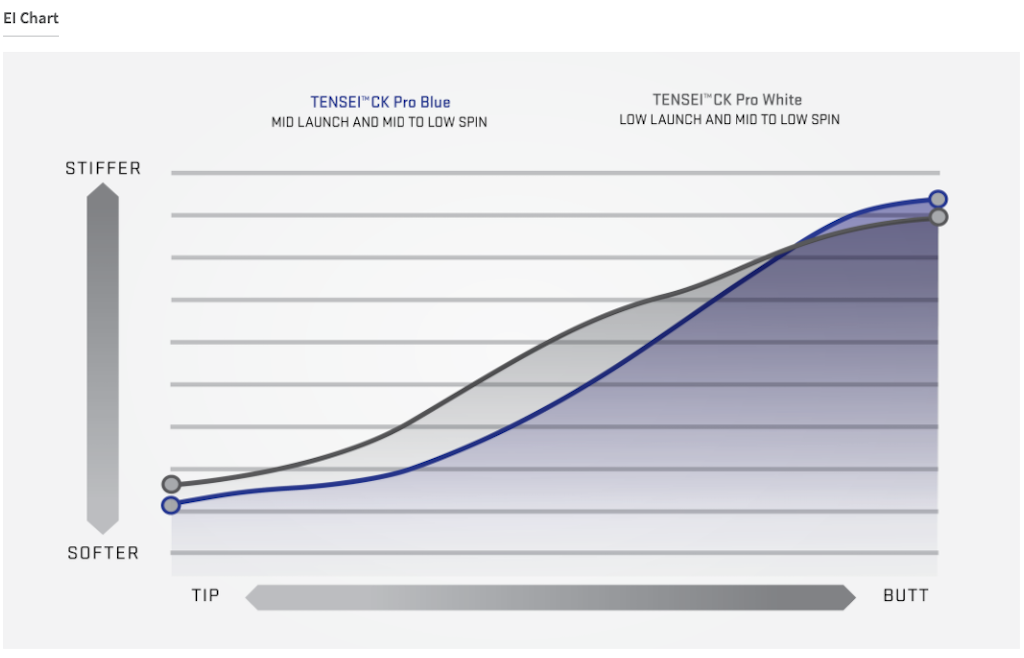 The Shootout
The Shootout
Just how much lower launching and lower spinning is the Tensei CK Pro White than MRC’s latest premium driver shafts? I put it to the test against the company’s Kuro Kage XT and Diamana BF-Series, which like the CK Pro White are PGA Tour-quality shafts that sell for about $400 each. All three shafts tested were built to my spec: 70TX, tipped 1 inch at a finished length of 45.5 inches.
I tested the three shafts on Trackman 4 at the Launch Pad at Carl’s Golfland in Bloomfield Hills, Mich. After warming up, I hit 10 drives with each shaft, and whittled my shots down to the most similar five to help illustrate the differences. Premium balls were used for the test, and results were normalized.
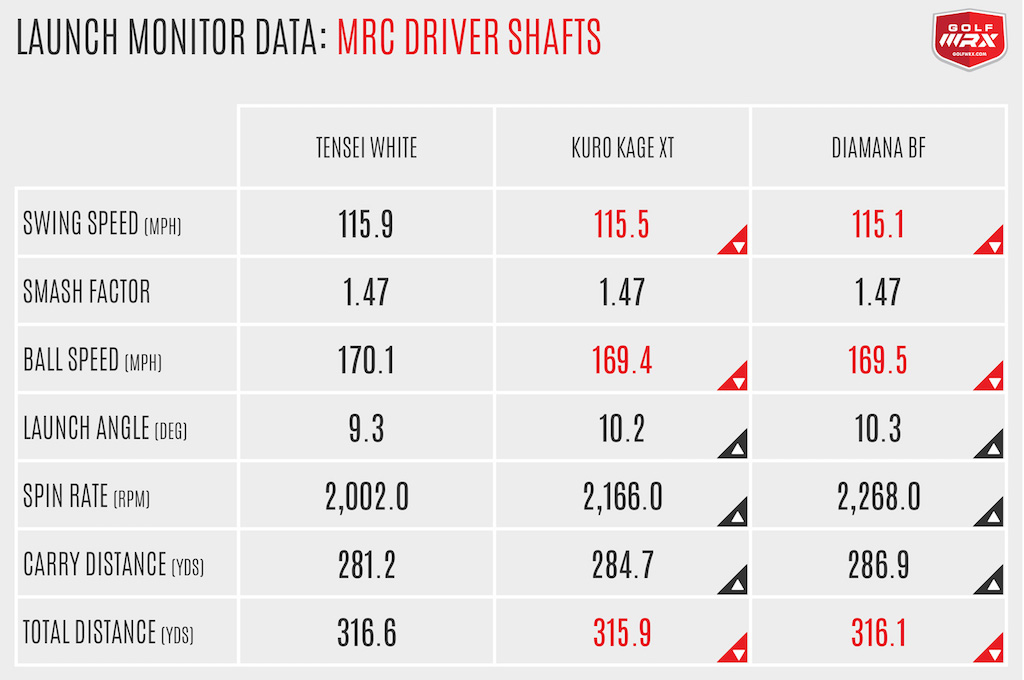 As expected, the Tensei CK Pro White was the lowest-launching, lowest-spinning shaft in the test. That’s impressive in its own right, but what will really excite golfers when they try a Tensei CK Pro White is the shaft’s feel. It’s noticeably smoother than the MRC White Board shafts I’ve played in the past. You could likely duplicate the launch conditions of the Tensei CK Pro White with similar products from other premium shaft makers, but I’m not sure its smoothness can be replicated in the category. It’s something special, and I expect a lot of serious golfers with above average club head speeds will be willing to pay a premium for it.
As expected, the Tensei CK Pro White was the lowest-launching, lowest-spinning shaft in the test. That’s impressive in its own right, but what will really excite golfers when they try a Tensei CK Pro White is the shaft’s feel. It’s noticeably smoother than the MRC White Board shafts I’ve played in the past. You could likely duplicate the launch conditions of the Tensei CK Pro White with similar products from other premium shaft makers, but I’m not sure its smoothness can be replicated in the category. It’s something special, and I expect a lot of serious golfers with above average club head speeds will be willing to pay a premium for it.
MRC’s Kuro Kage XT uses a stouter iteration of the company’s famed “Blue Board” bend profile, and in that regard it’s quite similar to the Diamana BF-Series. That’s what makes the shafts a little higher launching and higher spinning than the Tensei CK Pro White. The Kuro Kage XT has a much different feel than both, however, due to its use of an elastic wire made of Titanium and Nickel that MRC calls “TiNi” wire.
Related: Learn more about the Kuro Kage XT
In the Kuro Kage XT, the TiNi wire is added to the bottom 13 inches of the shaft, where it adds stability, but it also serves another purpose. Its elasticity allows the bottom end of the shaft to better load and unload during the downswing to help improve energy transfer. That’s what gives the Kuro Kage XT its more active feel, at least compared to the boron-infused tip section of the Tensei CK Pro White, which by design offer no elasticity.
The Diamana BF-Series also uses boron in its tip section, and its combined with a new, aerospace-grade fiber called MR-70 to create what MRC says is a first-of-its-kind hybrid prepreg. MR-70, which is manufactured by parent company Mitsubishi Chemical, is 20 percent stronger and has 10 percent more modulus than similar fibers, MRC says. The handle section of the BF-Series is reinforced with MRC’s Pitch Fiber, which functions to boost energy transfer like the CK Pro White’s Carbon Fiber DuPont Kevlar Weave.
Related: Learn more about the Diamana BF-Series shafts
In terms of launch conditions, the best fit for me was the Diamana BF-Series. It launched the ball a little higher than the Tensei CK Pro White, and added a little spin to help keep my drives in the air. It was also easier to swing than the Tensei CK Pro White, helping me more easily hit a draw while offering an even smoother feel due to its less rigid tip and mid sections.
To recap, if you need to lower your launch conditions, the Tensei CK Pro White is one of the most intriguing new MRC options to help you do so. Need a higher ball flight? Try the Diamana BF-Series. And if you want a radically different feel, give the Kuro Kage XT a try.
Have a question? Let me know in the comments section below and I’ll do my best to answer as many as I can.
Weights and Flexes
- Tensei CK Pro White: 60 (R, S, TX), 70 (S, TX), 80 (TX)
- Kuro Kage XT: 50 (R, S, X, TX), 60 (R, S, X, TX), 70 (S, X, TX), 80 (S, X, TX)
- Diamana BF-Series: 50 (R, S, X), 60 (R, S, X, TX), 70 (S, X, TX), 80 (S, X, TX)
Related: GolfWRX Members review the Tensei CK Pro White
- LIKE132
- LEGIT15
- WOW3
- LOL5
- IDHT5
- FLOP3
- OB4
- SHANK8
Reviews
Review: KBS Tour FLT Shafts
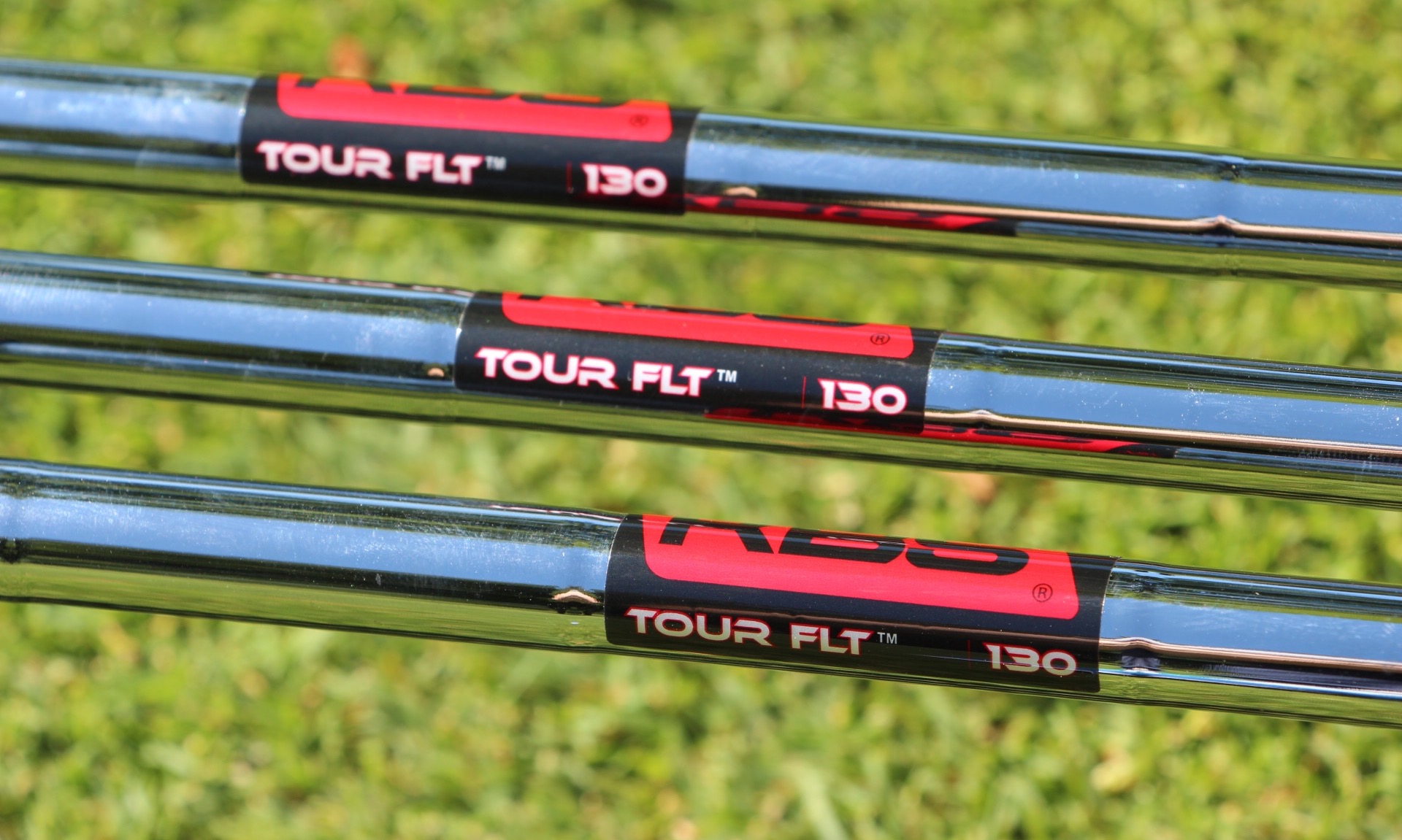
Pros: FLT shafts use a flighted design, which helps golfers launch their long irons higher and with more spin. The FLT short-iron shafts provide a more penetrating trajectory for more control.
Cons: FLT shaft flexes correspond with weight, so golfers may not be able to match their desired shaft weight with their desired flex.
Who They’re For: Golfers who need more spin or more launch from their long irons to optimize their trajectory. Everyone from beginners to PGA Tour players can use the shafts effectively, but they’ll be most popular with golfers with moderate-to-slow swing speeds, or any golfer who generates low-spin launch conditions.
Overview
Selecting the proper iron shafts is one of the most important equipment decisions golfers make. It’s an issue of quantity. Most golfers carry about 7-8 irons in their bag, so if they choose the wrong iron shaft, they’ve made the game harder than it needs to be with half or more of their clubs.
The good news is that there’s a wider selection of quality iron shafts than there has ever been, with recent growth in models that are designed to help golfers hit their iron shots higher and farther, while still maintaining PGA Tour-quality consistency and feel.
KBS is one of the leading steel shaft manufacturers, and already offered a wide variety of models prior to its newest shaft launch. Company representatives felt KBS was lacking a product for a particular segment of golfers, however, so it developed its new FLT shafts.
FLT shafts ($31.95 each) have a flighted design, which helps certain golfers optimize the performance of each iron their bag. The long irons shafts have progressively softer tip sections, which helps golfers increase their launch angle and spin rates with those clubs. For the right golfer, the design will help them hit their iron shots farther, and stop shots on the green more quickly. In the short irons, where height and spin are easier for golfers to generate, the FLT shafts are stiffer, which creates the flatter trajectory most golfers prefer with their scoring clubs. The crossover point between the higher-launching long irons and lower-launching short irons is the 7 iron.
Like all KBS shafts, FLT models have a constant weight, which means that long iron shafts and short iron shafts will be roughly the same weight through the set. Shaft weight is dependent on flex, however, as softer-flex models are lighter than stiffer-flex models. So if you’re looking for a really heavy, regular-flex shaft or a really light, extra-stiff-flex shaft, these aren’t for you.
FLT Specs
Keep in mind that KBS shafts do not have reinforced tip sections like many other iron shafts, which gives them a slightly higher balance point and can decrease swing weight by 1-2 points. I personally like the feel of KBS shafts and their slightly higher balance point, but some golfers won’t.
The Test
For this review, I tested the new FLT shafts head to head against KBS Tour shafts of the same flex and weight (130X) in 4 irons, 6 irons and pitching wedges. Each of the shafts were installed in Callaway’s Apex Pro ’16 irons, and were built to my specifications (standard grips, standard length, 1-degree strong lofts, 1-degree flat lie angles).
I performed my testing at the Launch Pad at Carl’s Golfland in Bloomfield Hills, Mich., where I hit the 4 irons, 6 irons and pitching wedges on Trackman IV with premium golf balls. I hit 3-6 solid shots with each iron, and then removed the outliers from the final data in an attempt to compare only the most similar strikes. Results were normalized.
As you can see from the data, there was a significant difference in the flight of the 4 irons with the two different shafts, but less of a difference with the 6 irons and pitching wedges.
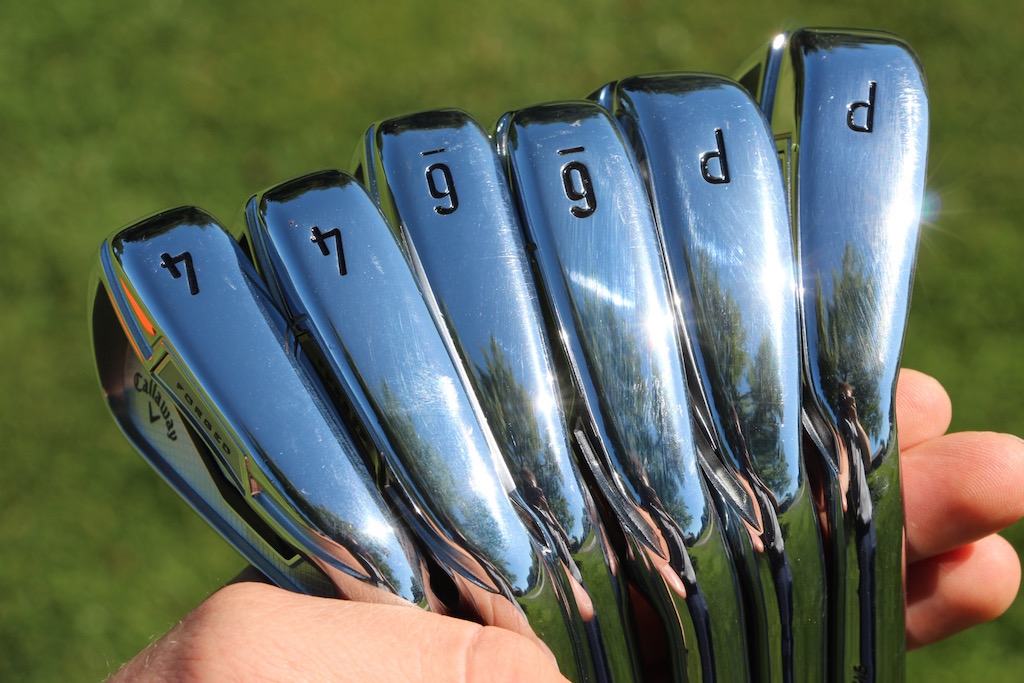
As expected, the FLT shafts caused 4 iron shots to launch higher (0.8 degrees) and with more spin (729 rpm) than the KBS Tour shafts. I’m not a low-spin player, which is one of the target audiences for this shaft, so the added launch and spin of the FLT shafts caused my 4 iron shots to fly shorter. Golfers who launch their irons too low or with too little spin, however, will likely see a distance increase when using the FLT shafts.
As I moved closer to the short end of the set, the two shafts started to perform more similarly. Theoretically, the 6 iron shots with the FLT shafts should have launched slightly higher and spun more than 6 iron shots with the KBS Tour shafts, but I actually saw a slightly lower launch angle (0.5 degrees) with the FLT. The spin was higher, though, by 211 rpm. With the pitching wedges, the results were again quite similar. The FLT launched 0.9 degrees higher, but actually spun 271 rpm less than the KBS Tour shafts.
Takeaways
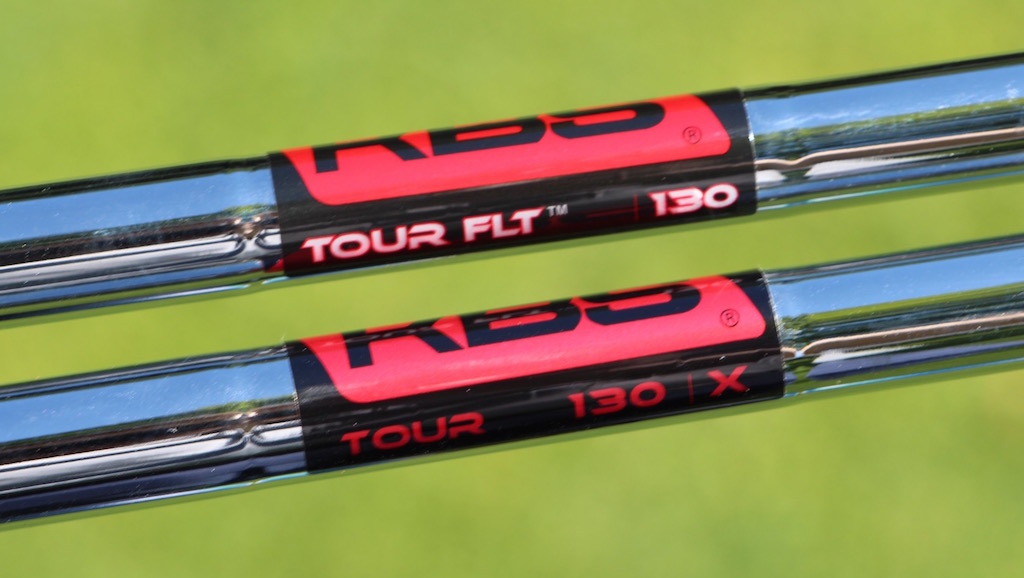
Stepping back from the numbers, I was impressed with how similar the feel was between the KBS Tour and FLT shafts. Yes, I could feel that the FLT shafts were more active in the tip with the 4 irons, but they felt nearly the same in the 6 irons. By the time I got to the pitching wedges, the two shafts were indistinguishable. The KBS Tour is considered one of the better-feeling iron shafts currently available, so KBS’ ability to replicate that feel in the FLT will be a plus for the majority of interested golfers.
Looking more broadly, trends in shaft design tends to go hand-in-hand with trends in club head design, and the FLT shafts are no exception. Equipment manufacturers continue to strengthen the lofts of their distance irons; they have to in order balance the launch equation, as their faster ball speeds create a higher launch angle and more spin.
While the improvements to iron design have allowed golfers to hit their mid and short irons farther, many golfers continue to struggle to hit their long irons high enough or consistently enough for them to be effective. And based on my testing results, it’s clear that the FLT shafts can make long irons more playable for certain golfers, and maybe even keep long irons in a golfer’s bag that might otherwise be kicked out for higher-flying hybrids or fairway woods.
As always, I recommend that golfers get properly fit for iron shafts, which means visiting a reputable club fitter in your area. So if you’re in the market for new irons or iron shafts, you can get started by going through KBS’ Online Fit System, which upon completion lists KBS-certified dealers in your area.
- LIKE100
- LEGIT12
- WOW6
- LOL6
- IDHT3
- FLOP3
- OB4
- SHANK22
-

 19th Hole2 weeks ago
19th Hole2 weeks agoDave Portnoy places monstrous outright bet for the 2024 Masters
-

 19th Hole3 days ago
19th Hole3 days agoJustin Thomas on the equipment choice of Scottie Scheffler that he thinks is ‘weird’
-

 19th Hole2 weeks ago
19th Hole2 weeks agoTiger Woods arrives at 2024 Masters equipped with a putter that may surprise you
-

 19th Hole2 days ago
19th Hole2 days ago‘Absolutely crazy’ – Major champ lays into Patrick Cantlay over his decision on final hole of RBC Heritage
-

 19th Hole3 weeks ago
19th Hole3 weeks agoReport: Tiger Woods has ‘eliminated sex’ in preparation for the 2024 Masters
-

 19th Hole1 week ago
19th Hole1 week agoTwo star names reportedly blanked Jon Rahm all week at the Masters
-

 19th Hole1 week ago
19th Hole1 week agoReport: LIV Golf identifies latest star name they hope to sign to breakaway tour
-

 19th Hole1 week ago
19th Hole1 week agoNeal Shipley presser ends in awkward fashion after reporter claims Tiger handed him note on 8th fairway

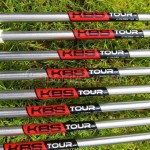
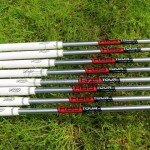
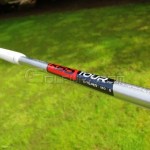










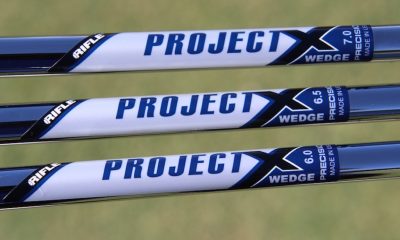

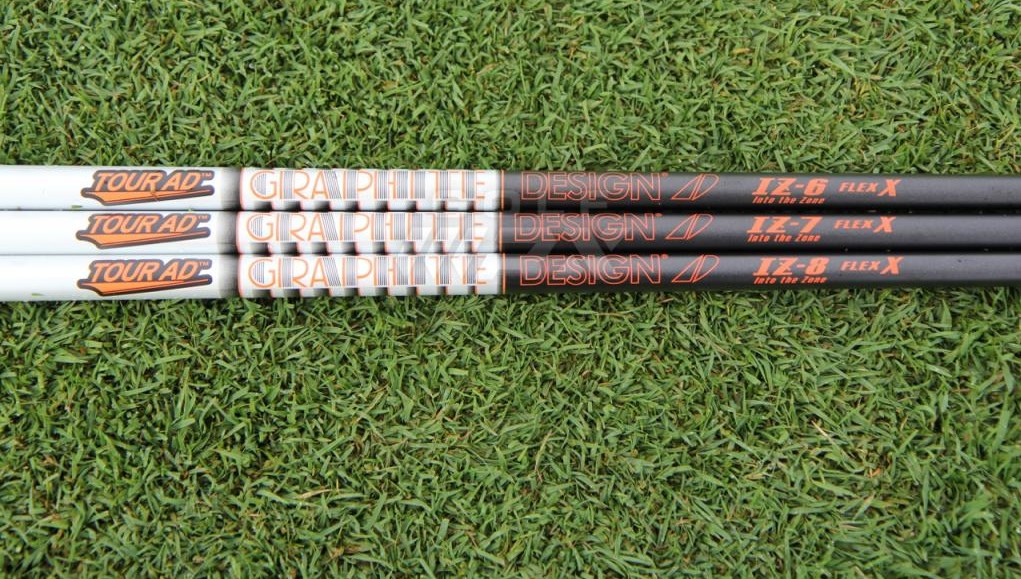
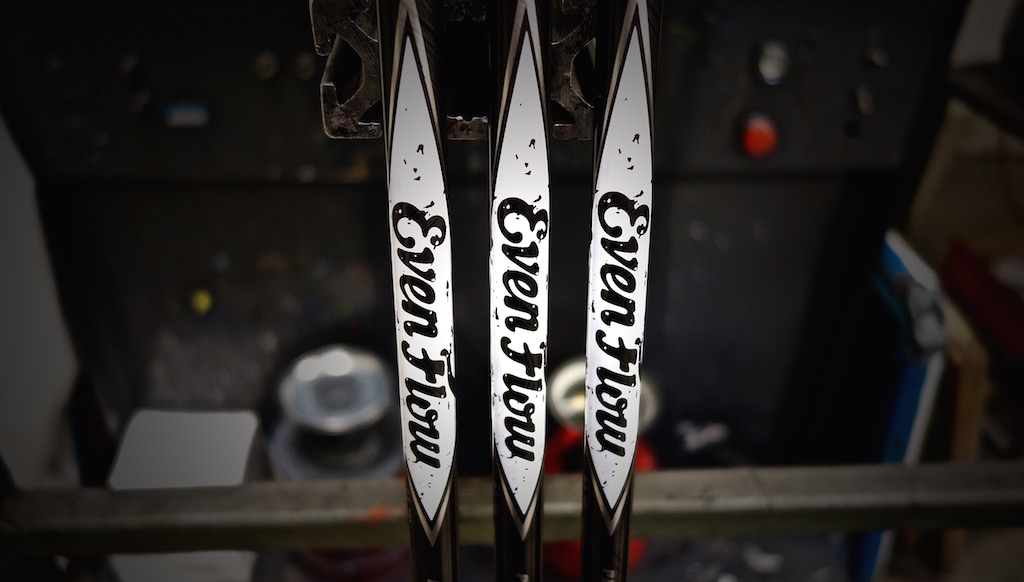
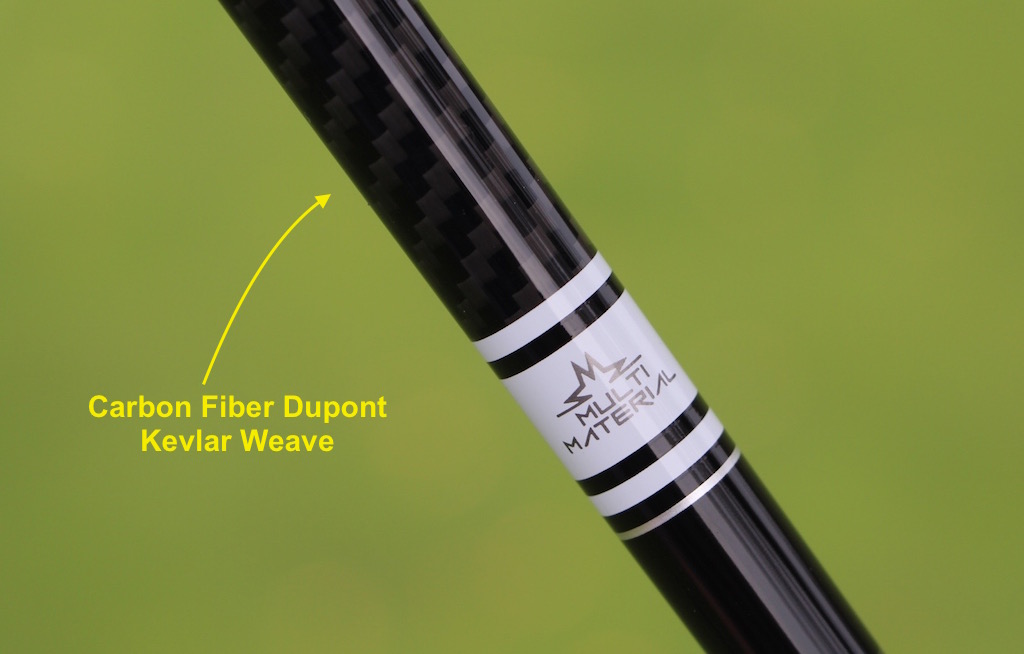
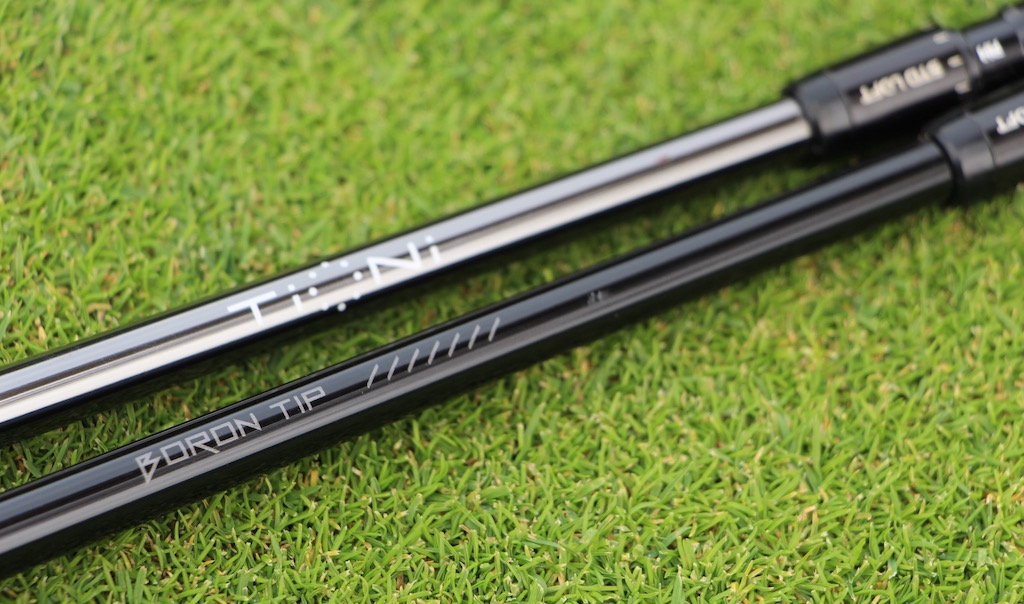
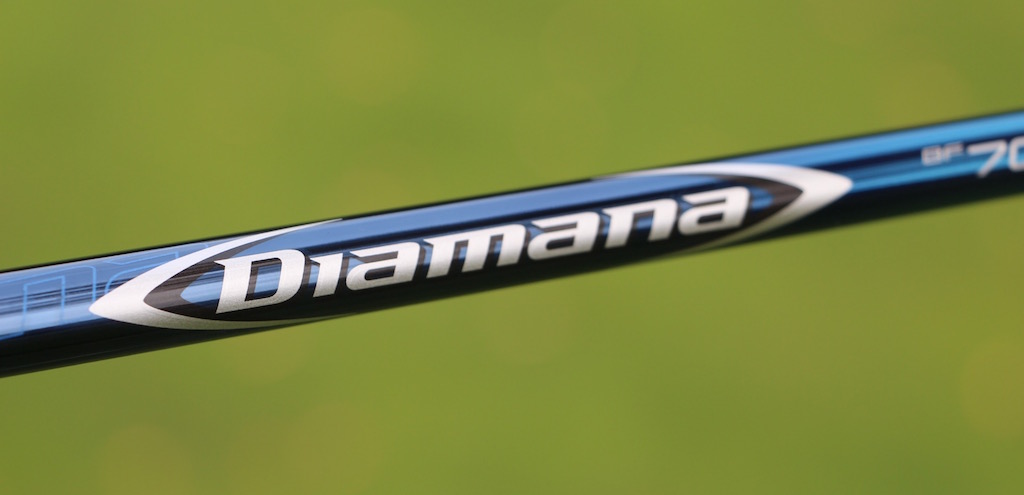
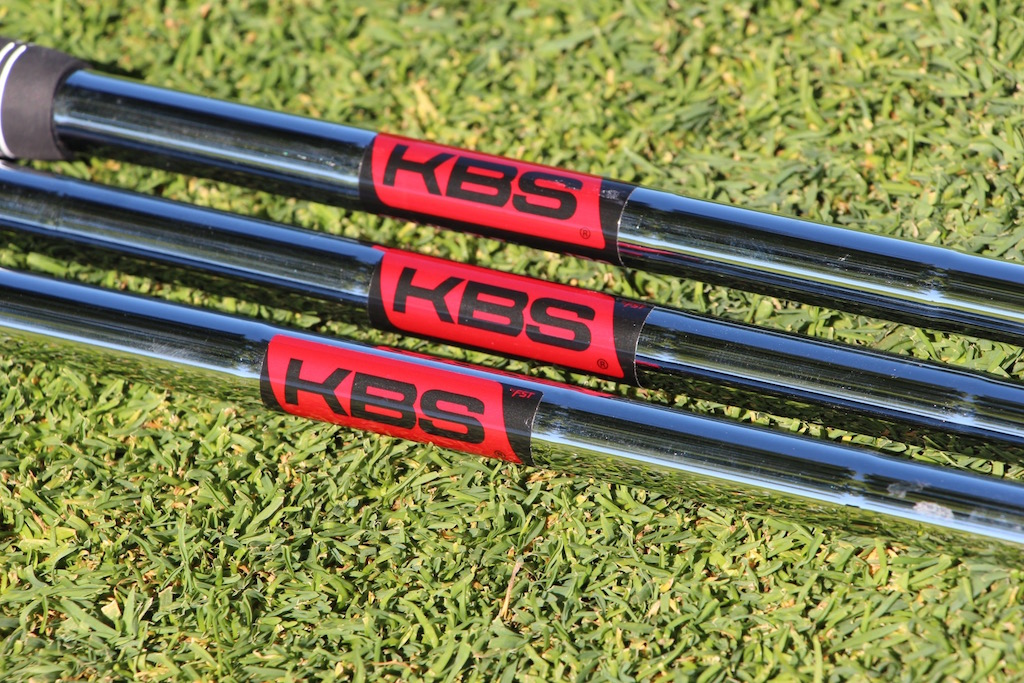

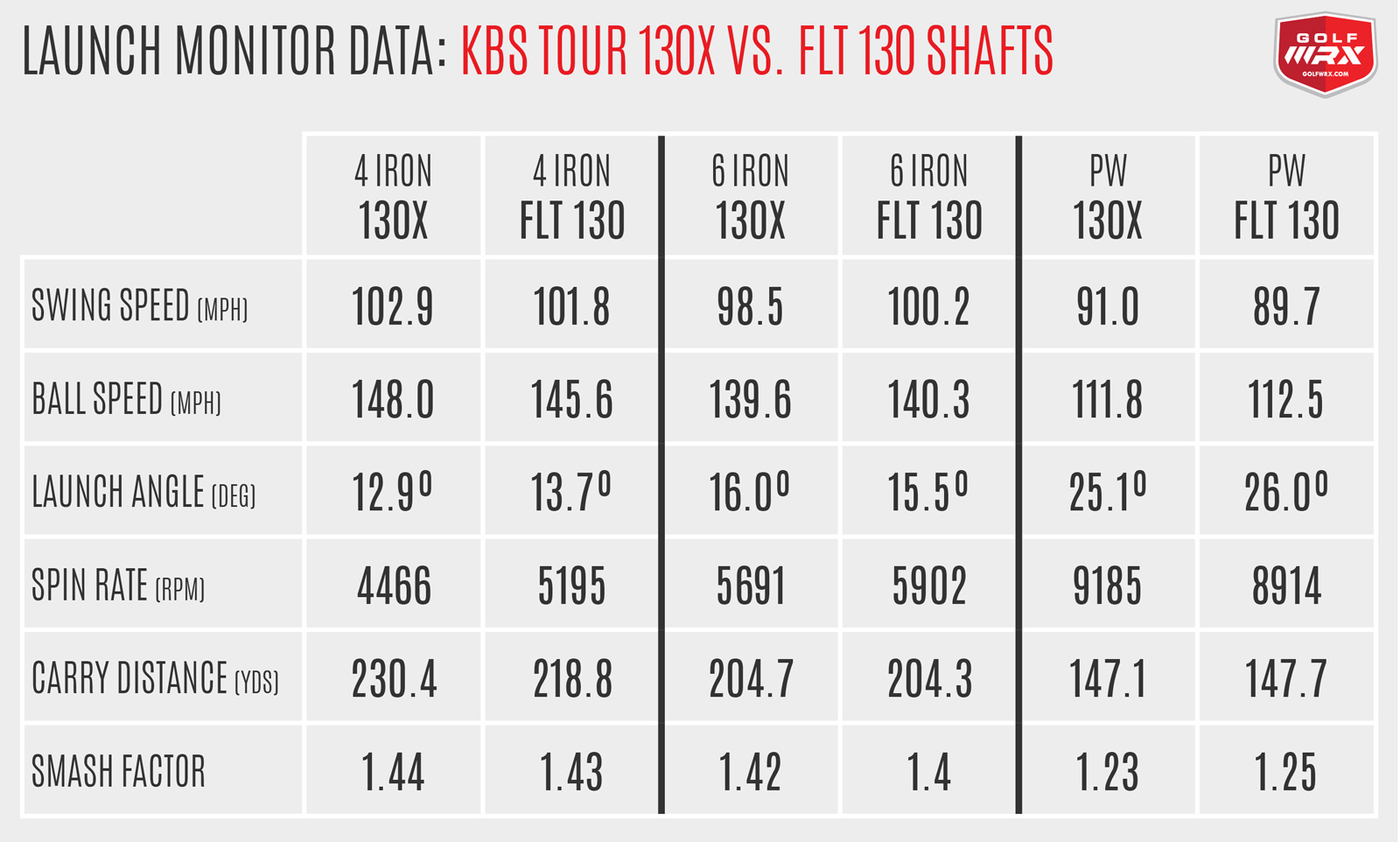












joe
Apr 12, 2018 at 7:23 am
I used DG S300’s for over 25 years now, the stiff C-Taper was indeed slightly lower and slightly longer than the S300’s. Same club head (Bridgestone J40 CB). They just feel a bit stronger yet are smooth at the same time. I’m very skeptical about shaft technology but the C-Tapers are definitely the real deal.
henry
Jan 13, 2018 at 12:14 am
Did a 12 year old write this?
Paul Middlebrook
Aug 18, 2014 at 2:10 pm
I play the C-Taper 130X. The shafts have taken me about 1 month of pounding balls to get that close DNA connection between the swing and club. I do not kill or crush the ball but felt the 130X was perfect for feel and flight. I played the DG 300-100 and many other shafts and felt they did the job but never delivered what is so vital to the overall path of a golf ball. A shaft is like a scope to a rifle. You want to hit your target. The fit, form, and function of the C-Taper is solid and the PGA pro’s validate its exceptional return on a great swing. I have pounded thousands of balls at the range and feel take a little time to get used to. The sound sometimes does not validate the perfect contact and that is something they could enhance on. You can hit a shot and it is so quiet and the ball pierces straight to the target. I have had other watchers says wow that was a great shot but it did not sound like that swoosh off the club head. The ball flight is subjective and I ended up adjusting all my clubs to get that low piercing flight pattern. Example: Play Titleist 710 MB and standard 9 Iron is 47 degree’s. I changed it to 43 degree’s and that made all the difference. I think if you love the game and tinker with equipment without fear you will enhance to another paradigm level. Adjusting the loft and lie and going to the 130X helped me go to mid single digit.
Ben Yeates
Mar 21, 2014 at 5:00 pm
I now play the c taper S+ soft stepped. Went from dgX100 soft stepped. C taper has better feel and a ball flight that seems to plow through the wind. I don’t need my irons to be super long. As long as they fill the distance gaps. And the c tapers do that in spades, very consistent as well. Trajectory is nice. I would say its the same trajectory as the X100’s. With the c tapers the wind doesn’t affect the flight as much though. Very impressed with these shafts. They are not meant for everyone. But if they are for you, their is nothing better. Swallow your pride if your getting fit for these. You will probably play a flex lower than what you play now. I’d rather shoot par with clubs that fit me, than shooting a 85 and saying I use clubs that the pro’s use.
Dane
Feb 27, 2013 at 3:17 pm
Just got a set of AMP forged with X C-Tapers….WOW!!! Couldn’t be more excited to go out and play/pracitce!
Terr
Oct 27, 2012 at 11:40 am
I have the c taper on a set of golfsmith irons. Previously I had been playing the DG SL which performed for me but the KBS are my favorites now. They allow me to work the ball right or left and I can keep the ball down now a little easier. I have more distance but the best thing for me is they have the smoothest feel of any shaft I have tried. I also like the brushed metal look of the shaft. FYI I had to experiment with the tipping until I got the feel I was looking for.
Tre
Jun 29, 2012 at 12:18 am
I hit the c taper shaft in a taylormade mc fitting iron today. It was definitely one of the best feeling shafts I have found. For someone like me 100 mph club speed with mid/long irons, this shaft held up extremely well and brought my spin rate and launch angle down. It was also easy to work. Definitely going to be my next iron shaft